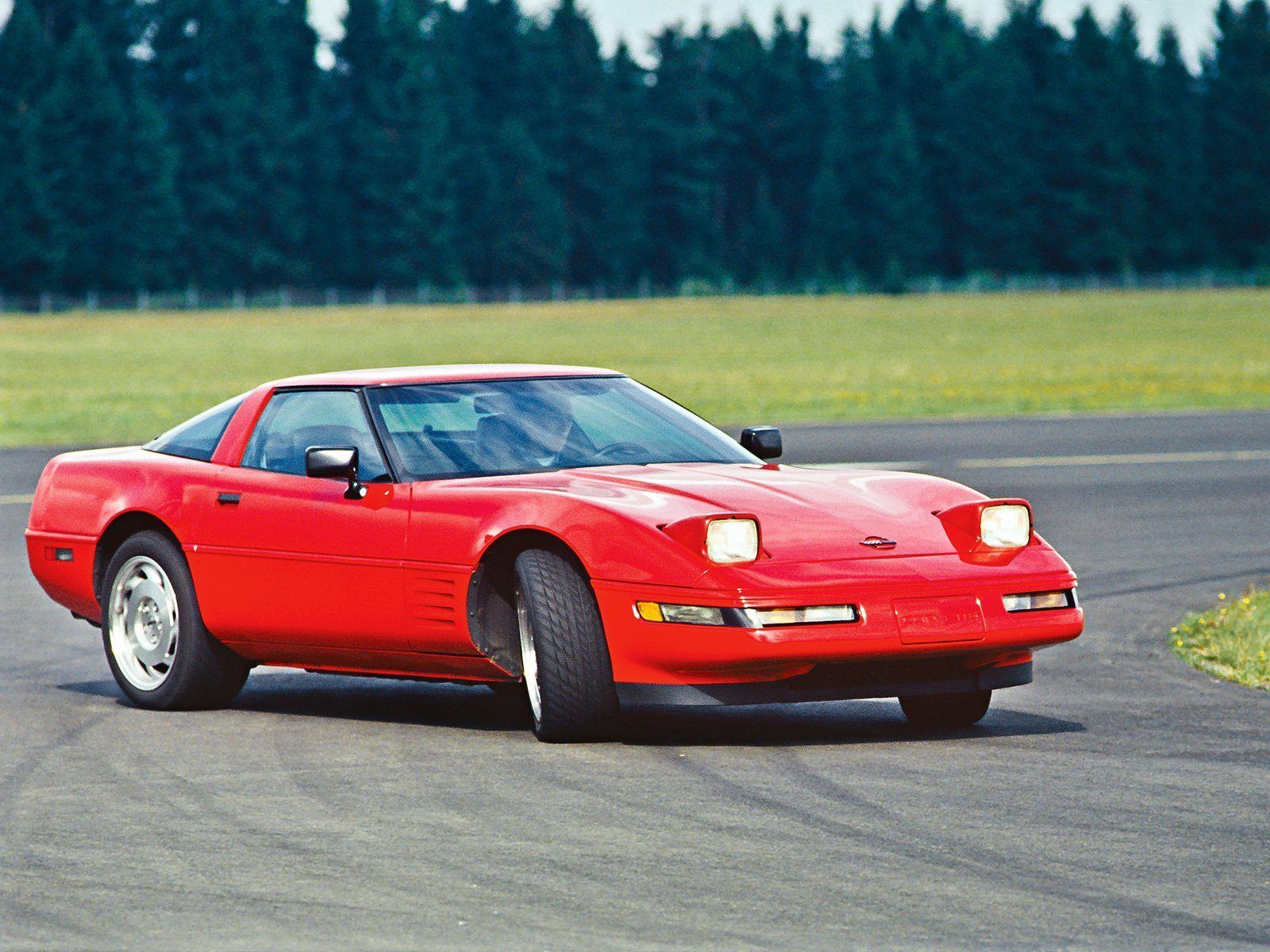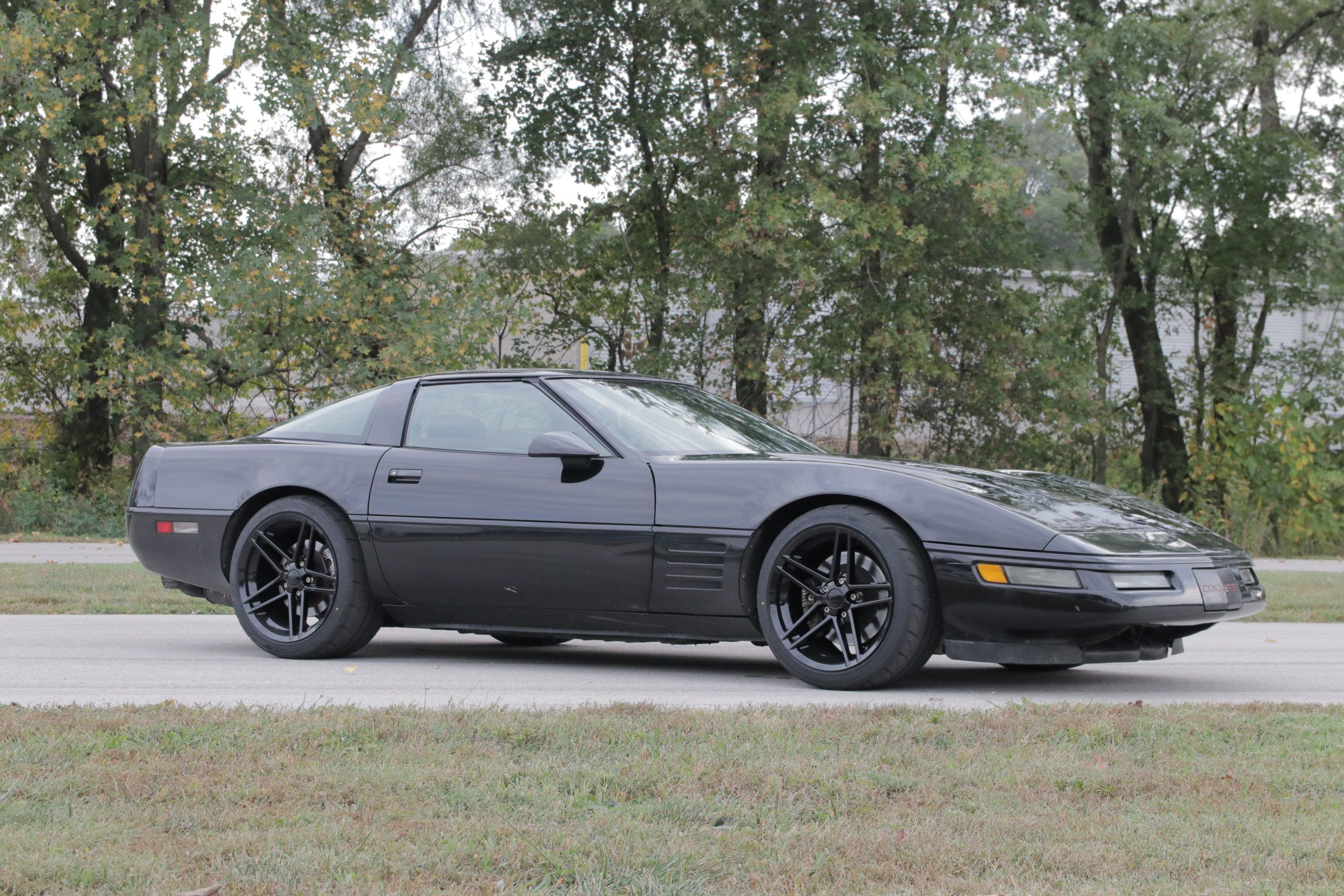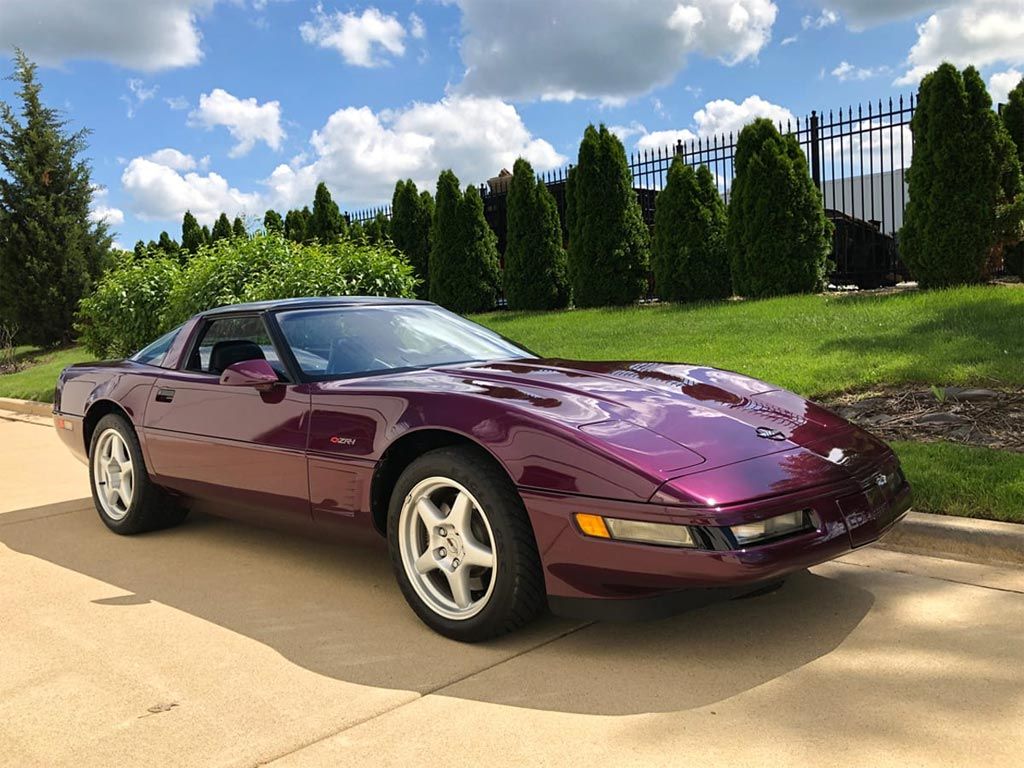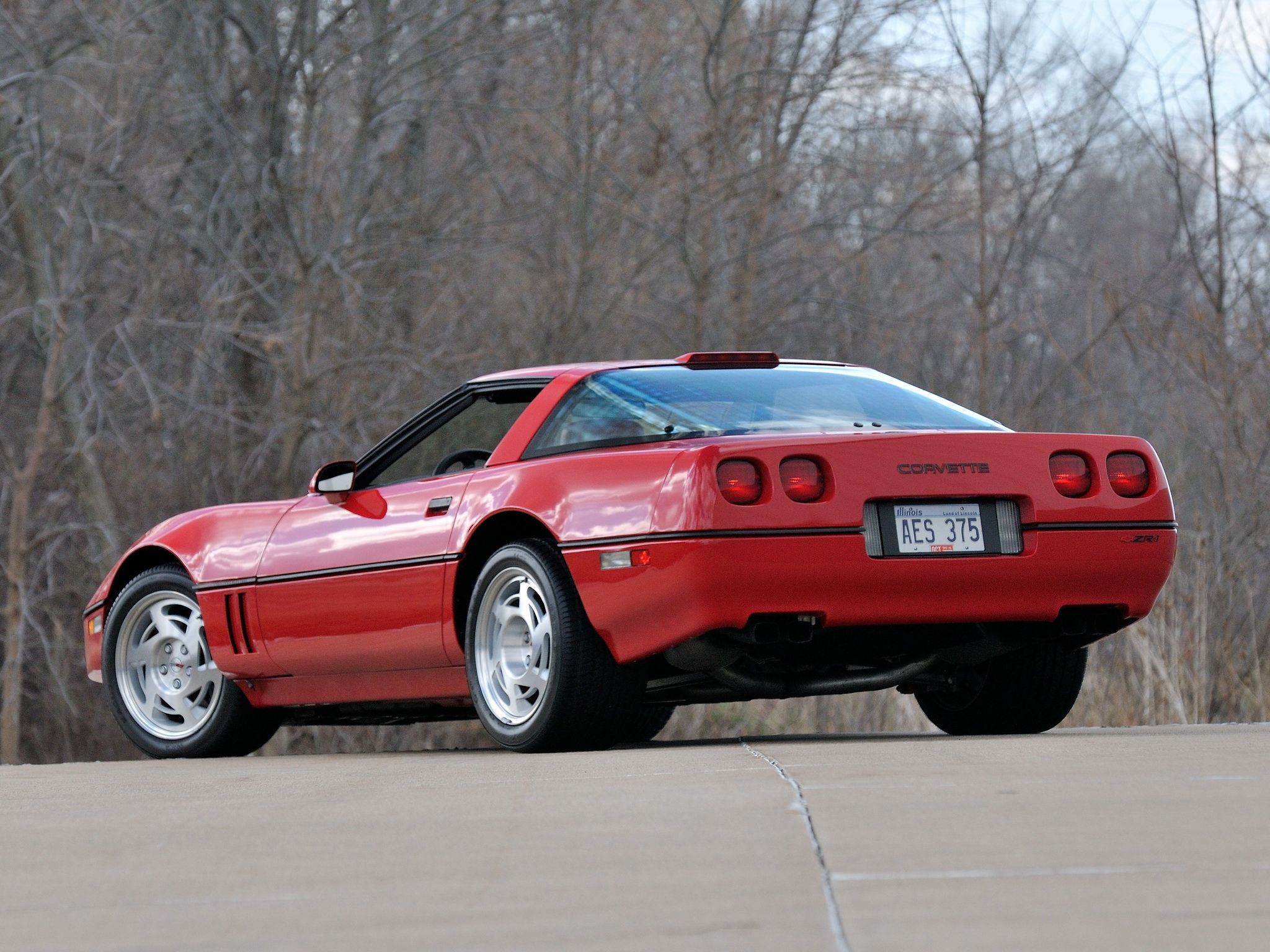Since its introduction as a “dream car” at the General Motors’ Motorama in New York's Waldorf Astoria Hotel in January 1953, Chevrolet has produced eight generations of arguably one of the best sports cars ever made.
While Ford claims the Mustang is the best-selling sports car over the past 50 years, some car enthusiasts say the pony car is more appropriately classified as a muscle car. Others contend the Corvette is a muscle car, but it has been America’s sports car for nearly 70 years.
Although the Corvette’s style and performance have rivaled European sports cars (and more recently, supercars), the model has not always been the best choice for enthusiasts looking for outstanding performance.
Historians note that the Corvette suffered from the same effects that impacted most vehicles during the oil crisis of 1973: reduced power from fuel-efficient, low emission engines. The 1975 Stingray was a direct victim and highly criticized for its poor gas mileage and ridiculous power output. The Corvette’s gas-guzzling small block 350 produced a laughable 165 horsepower.
The early C4 Generation Corvettes (1984 – 1996) still felt the impact of the ‘70s oil crisis and for years were considered the least desirable models. The ’84 to ’87 “Vettes” suffered from bugs, quality problems, and stiff suspensions, making them less desirable as daily drivers.
Despite some deficiencies, here is what makes the C4 Corvette a practical sports car and a good buy for the enthusiast looking to own an American sports car icon.
The Early C4: A Departure from the C3 Stingray Design
The C4 was a significant divergence from the C3 generation with a new chassis and molded plastic body panels and bumpers that replaced the previous model’s fiberglass body parts.
While the Stingray design was modeled after the long snout and sleek body of the shortfin mako shark, the C4 had well defined but understated proportions that embraced a more futuristic feeling, downplaying its sports car lineage. The streamlined style gave the Corvette a modern appearance. During the C4 generation, Chevrolet also introduced the first convertible after an 11-year absence.
The C4 was built with the uniframe that combined the essential elements of the car, (such as the windshield frame), into a single welded unit. Lightweight transverse fiberglass mono-leaf springs replaced the C3's coil spring front suspension, and the C4 featured Targa tops instead of its predecessor’s T-top.
The first-year C4 Generation (1984) models were equipped with the small-block L83 V8 engine, borrowed from the ‘82 Corvette, with throttle-body Cross-Fire fuel injection producing 205 horsepower and 290 foot-pounds of torque. Modern amenities on the new C4 included an instrument cluster with a digital LCD and 16-inch 50-series Goodyear Gatorback tires.
Quality issues delayed the release of the 1984 C4, but the sports car was a financial success with sales in the first year of 51,547 Vettes at a price of about $21,800 each.
Modern car collectors have been critical of the 1984 Vette due to a lack of support for the fuel injection, but it remains one of the most affordable collectibles on the market. Some well-maintained units have recently sold for as low as $6,000.
The Evolution of the C4 Corvette Meant More Power
After an inauspicious introduction in 1983, the C4 Corvette showed a marked improvement in the second half of the 1980s. Developments in engine fuel efficiency driven by the oil crisis of the early 1970s resulted in new power plant designs.
In 1985, the more powerful and fuel-efficient L98, including the tuned-point fuel injection typical of Firebirds and Camaros, replaced the controversial L83 V8 engine. The L98 produced 230 hp and 330 ft-lb. of torque pushing the car to a top speed of 150 mph, a speed matched only by modified Ford Mustangs and Buick Grand Nationals. In 1985, Chevrolet sold 39,729 C4 Corvettes for an average of $24,891 each.
In 1986, more changes were implemented. The new models featured a third brake light, electronic climate control, and antilock brakes. Chevrolet sold 35,109 C4s, of which 27,794 were coupes at $27,027. The company also sold a convertible inspired by the yellow 1986 Indy 500 C4 convertible pace car. The car included an Indy 500 pace car plaque and sold for an extra $6,000.
In 1987, the Corvette gained additional power from hydraulic roller lifters, boosting output to 240 horsepower., In partnership with Chevrolet, Callaway Cars also offered a supercharged engine that increased the horsepower to 345 and the torque to 465 ft-lbs. The Callaway B2K twin-turbo engine conversion required an expenditure of $19,999 but resulted in one of the fastest cars of its time.
The Callaway SledgeHammer achieved a top speed of 254 mph, and the meager 500 remaining models have become collector cars.
Perhaps the most significant event of 1088 was the release of the 35th Anniversary Edition Corvette (Triple White Corvette). It featured an all-white exterior, interior, wheels, and a removable blacktop. Chevrolet produced only 2,050 Anniversary Edition Corvettes, and only 180 have manual transmissions.
For the 1992 C4 model, Chevrolet added more power when the LT1 V8, producing 300 horsepower and 330 foot-pounds of torque, replaced the L98. The Corvette also reached a milestone with the production of the one-millionth car. For the year, the company sold 20,479 cars at a price of $33,635 for the standard model.
In the last year of the Corvette C4 production, 1996, Chevrolet boosted the car’s power again, offering an optional LT4 engine that delivered 330 horsepower. To celebrate the end of the fourth generation, the company released the Chevrolet Corvette Grand Sport.
The car came exclusively in Admiral Blue. The “Vette” featured a white stripe, bold red hash marks on the driver's side wheel arch, and black wheels. Chevrolet produced only 1,000 Grand Sports: 810 coupes and 190 convertibles.
In 1996, Chevy sold 21,536 C4 Corvettes at a base price of $37,225.
The C4 ZR-1 is Practical and the Pinnacle of the C4 Generation
In 1990, Chevrolet joined forces with the UK-based engineering consultant, Group Lotus, with the goal of producing the world’s fastest production automobile. The ZR-1 was the result, utilizing a new 5.7-liter LT5 V8 engine featuring an aluminum block, four overhead camshafts, and 32 valves.
The ZR-1 originally produced 375 horsepower, which was later increased to 405 hp with new cylinder heads, valvetrain, and exhaust system. The Corvette accelerated from 0 to 60 mph in just 4.4 seconds and reached a top speed of over 180 mph. The ZR1 broke the record for the 24-hour, 5,000-mile land speed, achieving velocities of 175 mph.
Although it was, by far, the most expensive Corvette up to that point, the ZR-1 sold well, with over 3,000 buyers in the first year, many of whom paid a sticker price of over $100,000.
The C4 is a Practical Buy with Appreciation Potential
Throughout its history, the Corvette has been a performance bargain, one of the cheapest entries into the world of high-performance sports cars. Not only are new vehicles a good buy, but also used Vettes can be a great value.
While a newer ZR-1, at over $100,000, may be out of reach for some sports car enthusiasts, a C4 version can be found at an affordable price. Even immaculate used ZR-1 cars, those with fewer than 10,000 miles on the odometer, can be found for under $35,000. Higher mileage cars with over 100,000 miles are available for around $15,000, making these limited production models a practical buy with excellent appreciation potential.
Sources: autolist.com, hemmings.com, drivetribe.com, carbuzz.com, rpidesigns.com






